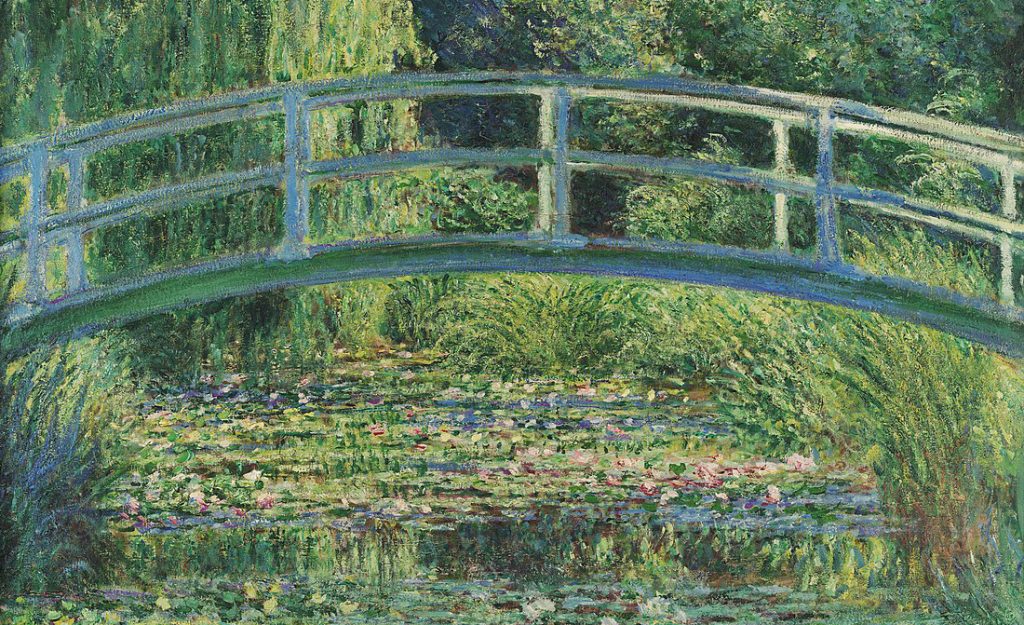Claude Monet, one of the founders of French Impressionism, is admired worldwide for his luminous paintings that captured the fleeting effects of light and atmosphere. But behind his art lies a place that not only inspired him but also became his greatest masterpiece—his garden. So where is Monet’s garden, and why does it hold such importance?
The Location: Giverny, France
Monet’s garden is located in the village of Giverny, about 75 kilometers northwest of Paris. Nestled in the Normandy region, Giverny is a peaceful countryside town that became Monet’s home in 1883. He rented a house there with his family, eventually buying the property in 1890. From that moment on, Monet dedicated decades of his life to transforming the grounds into the lush, colorful gardens we know today.
The site consists of two main areas: the Clos Normand, a flower garden in front of the house, and the Water Garden, which features the famous lily pond and Japanese bridge. Together, these spaces formed both a sanctuary for Monet and the living subject matter for his most iconic paintings.
The Flower Garden (Clos Normand)
The front garden, known as the Clos Normand, was where Monet first applied his painter’s vision to the land. He replaced the fruit trees that once stood there with rows of flowers in carefully designed patterns. Roses, tulips, irises, and poppies filled the space, creating a riot of color across every season. Monet often painted these beds of flowers, experimenting with shifting perspectives and the way light changed from morning to dusk.
The Water Garden
Monet’s Water Garden is perhaps the most recognizable part of Giverny. After purchasing additional land across the road, he diverted a small stream to create a pond. Over time, he added weeping willows, bamboo, and exotic plants, and most famously, he filled the pond with water lilies.
The Japanese bridge arching over the water was inspired by prints Monet collected from Japan, reflecting his fascination with Asian art. This tranquil corner of the garden gave birth to his celebrated series of water lily paintings, including the monumental canvases now housed in the Musée de l’Orangerie in Paris.
Visiting Monet’s Garden Today
Monet’s house and gardens at Giverny are open to the public and draw nearly half a million visitors each year. Restored by the Fondation Claude Monet in the 1980s, the site is preserved to resemble how it looked during the painter’s lifetime. Walking through Giverny is like stepping into one of his canvases—the reflections in the pond, the arch of the bridge, and the bursts of flowers all feel instantly familiar.
More Than a Garden
For Monet, the garden was more than a backdrop. It was his laboratory of light and color, a space where he could observe nature endlessly and translate it into brushstrokes. For visitors today, it is both a historic site and a living work of art, offering insight into the intimate world of an artist who changed how we see beauty.
So, where is Monet’s garden? It rests quietly in Giverny, France—a timeless landscape where art and nature continue to bloom together.

